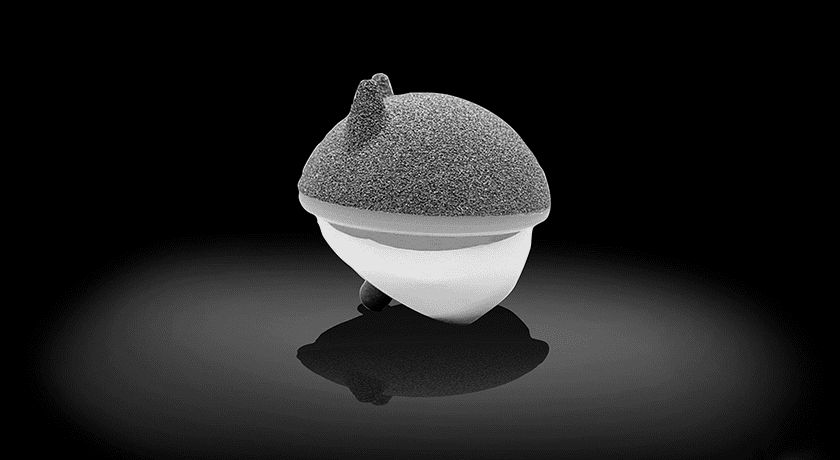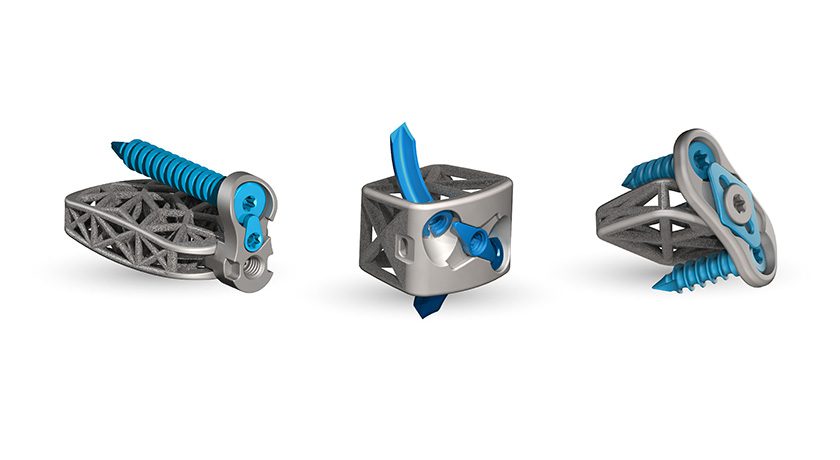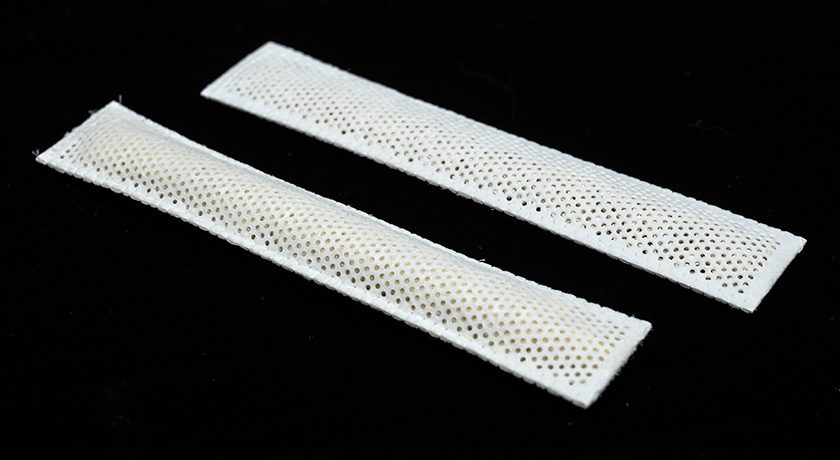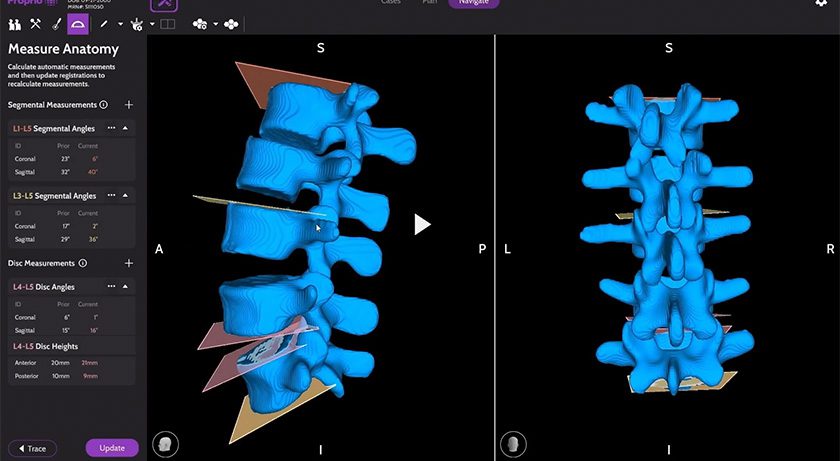

 Copy to clipboard
Copy to clipboard 
JointMedica announced an Investigational Device Exemption (IDE) study for its Polymotion Hip Resurfacing (PHR) device. The study aims to evaluate the system’s safety and clinical effectiveness in addressing the challenges faced by younger, more active patients.
Polymotion Hip Resurfacing conserves bone by removing less of the femoral head than traditional hip replacement, reshaping it to accommodate a metal cap that mirrors the natural anatomy. A cup made of Vitamin E polyethylene with a titanium coating is implanted into the patient’s acetabulum. A comprehensive range of sizes is offered to match most patients. Both components are designed to be permanently implanted to achieve reconstructive and functional hip joint replacement.
The PHR System is intended to offer benefits over total hip arthroplasties, such as bone conservation and restoration of more natural biomechanics, without a metal-on-metal articulating surface.
The IDE study has officially launched at seven esteemed clinical sites, with additional sites to be added in coming months.
“These clinical investigations are crucial to evaluating the safety and effectiveness of the Polymotion system. We are honored to collaborate with such renowned surgeons who bring unparalleled expertise to this study,” said Dr. Sharat Kusuma, President at JointMedica.
Source: JointMedica
JointMedica announced an Investigational Device Exemption (IDE) study for its Polymotion Hip Resurfacing (PHR) device. The study aims to evaluate the system's safety and clinical effectiveness in addressing the challenges faced by younger, more active patients.
Polymotion Hip Resurfacing conserves bone by removing less of the femoral head than...
JointMedica announced an Investigational Device Exemption (IDE) study for its Polymotion Hip Resurfacing (PHR) device. The study aims to evaluate the system’s safety and clinical effectiveness in addressing the challenges faced by younger, more active patients.
Polymotion Hip Resurfacing conserves bone by removing less of the femoral head than traditional hip replacement, reshaping it to accommodate a metal cap that mirrors the natural anatomy. A cup made of Vitamin E polyethylene with a titanium coating is implanted into the patient’s acetabulum. A comprehensive range of sizes is offered to match most patients. Both components are designed to be permanently implanted to achieve reconstructive and functional hip joint replacement.
The PHR System is intended to offer benefits over total hip arthroplasties, such as bone conservation and restoration of more natural biomechanics, without a metal-on-metal articulating surface.
The IDE study has officially launched at seven esteemed clinical sites, with additional sites to be added in coming months.
“These clinical investigations are crucial to evaluating the safety and effectiveness of the Polymotion system. We are honored to collaborate with such renowned surgeons who bring unparalleled expertise to this study,” said Dr. Sharat Kusuma, President at JointMedica.
Source: JointMedica

You are out of free articles for this month
Subscribe as a Guest for $0 and unlock a total of 5 articles per month.
You are out of five articles for this month
Subscribe as an Executive Member for access to unlimited articles, THE ORTHOPAEDIC INDUSTRY ANNUAL REPORT and more.
JV
Julie Vetalice is ORTHOWORLD's Editorial Assistant. She has covered the orthopedic industry for over 20 years, having joined the company in 1999.







